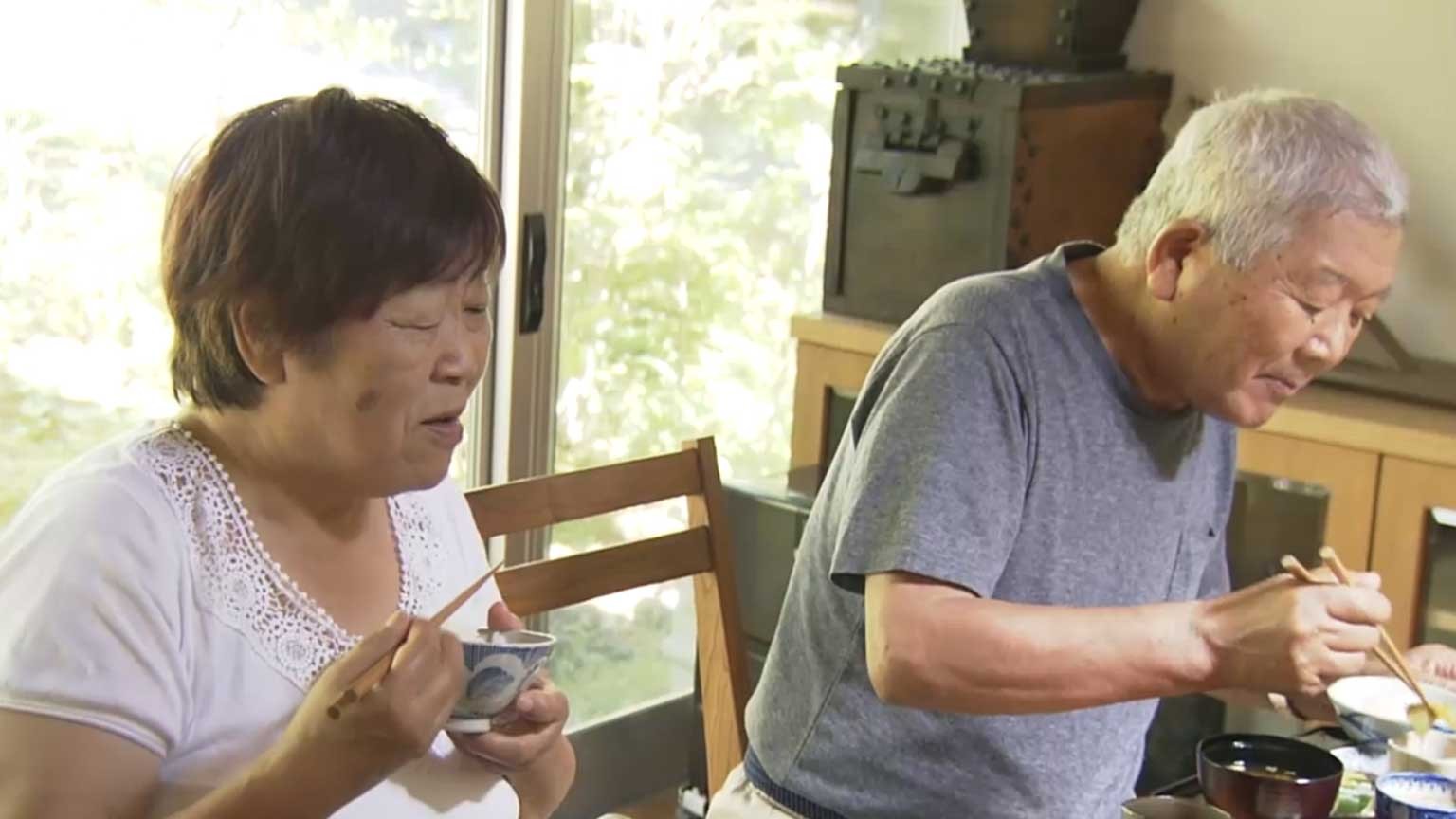"People here in Japan have welcomed me very kindly, just like last time," said Shirohata Haruko after touching down at Narita Airport near Tokyo in September.
The 75-year-old Russian national has made the trip from Sakhalin 10 times since 2005, through a special program the Japanese government set up in 1990 to help cover the costs of such visits.
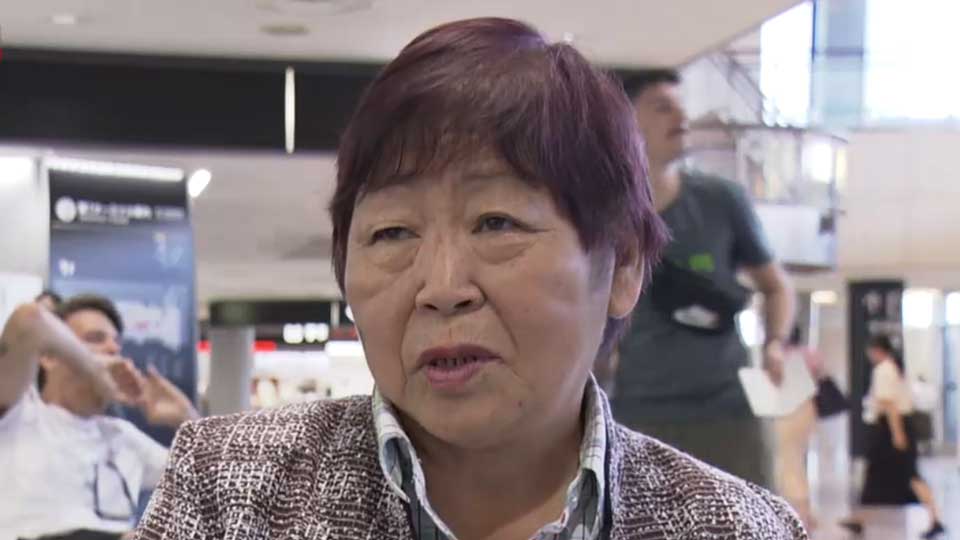
But the journey is a lot longer than it used to be.
In February 2022, government officials in Tokyo joined the global chorus of condemnation over Russia's invasion of Ukraine. Direct flights between Japan and Russia were suspended.
So instead of taking the usual two-and-a-half hour direct flight, Shirohata flew from Sakhalin to Moscow, and from there to Abu Dhabi, then finally Tokyo. The trip took three days.
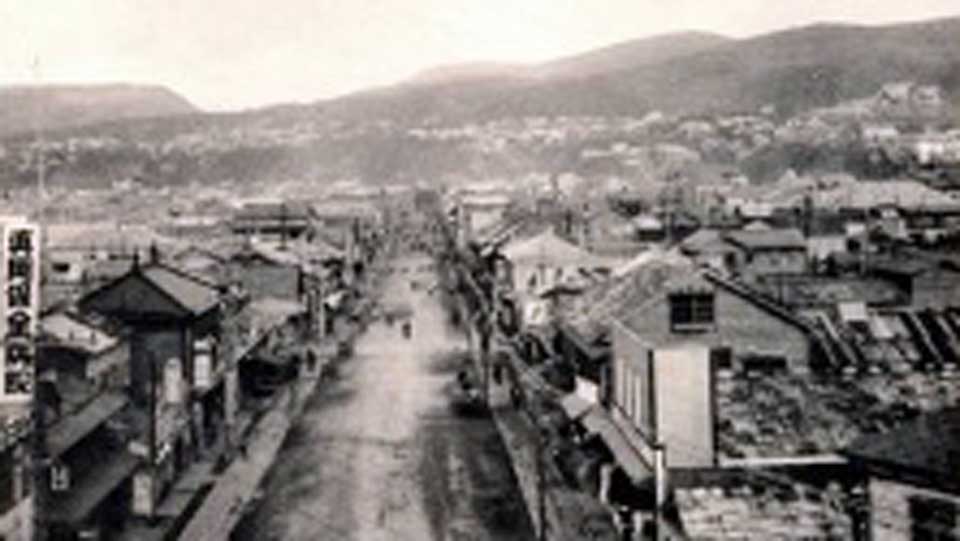
Chaos divides families
The southern half of Sakhalin was once a Japanese territory called Karafuto, where coal mining and paper production flourished. By mid-1945, about 400,000 Japanese people called it home.
Five days after Japan surrendered in World War Two, about 35,000 Soviet troops invaded.
Many residents attempted to flee, but those left behind had no choice but to live as Russian nationals. Dozens of people of Japanese descent are still there.

Shirohata was born in Sakhalin three years after the war and remembers her father talking fondly about their ancestral homeland. "He used to admire Japan for its techniques in industry and agriculture," she says.
Tour numbers plunge
The longer journeys from Sakhalin are not only more expensive. They are also difficult for elderly people like Shirohata to endure. As a result, the number of participants on the Japanese government program this year has plunged by two thirds.
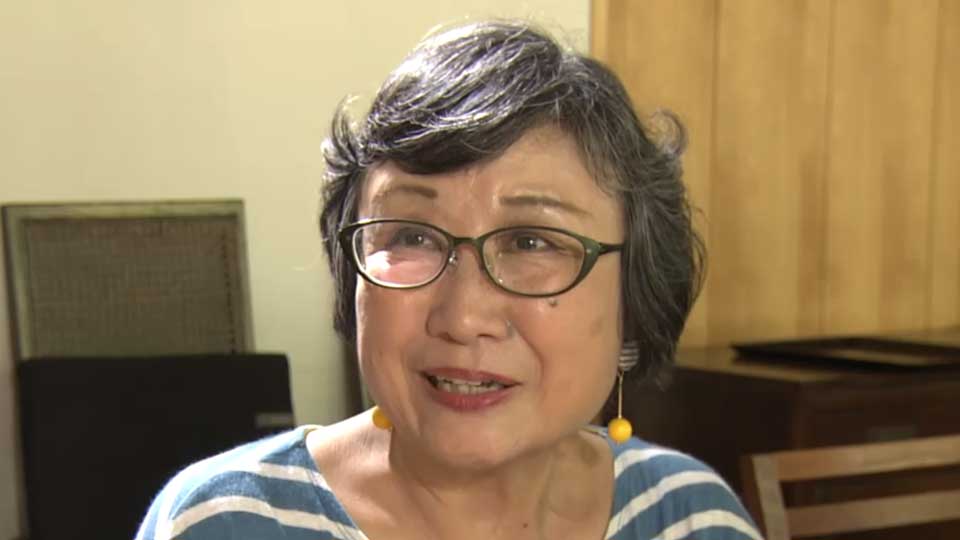
"They are getting older, and some are getting ill," says Saito Hiromi, who has been organizing the tours for the past 10 years. "If the current situation continues, we may no longer be able to run the program as before."
Shirohata is a determined soul, and the extra burdens were never going to stop her from seeing her brother, Masayoshi. The 83-year-old moved to Japan permanently two years ago.
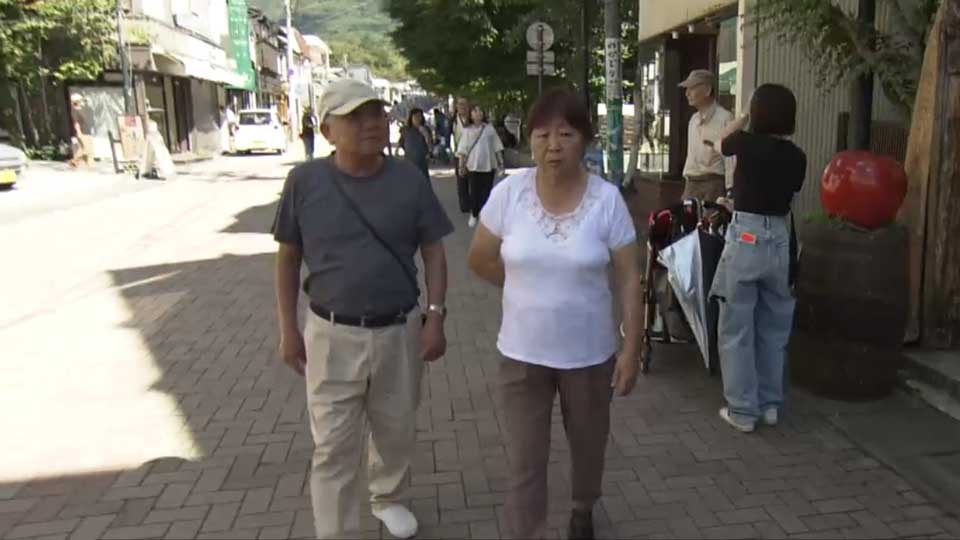
On a fine autumn day, the siblings took a sightseeing trip in Karuizawa, a resort town in Nagano Prefecture. Tour official Saito says moments like this are exactly why the program is more important than ever.
"I want everyone to realize that there are still many people around the world who have been separated from their loved ones because of war," she says.
